This was truly Minolta’s last hurrah; the age of the film SLR was starting to come to a close. Rather than let it go out with a whimper, Minolta took things by the reigns and rode out into the sunset with a sixth and final generation of film cameras before merging with Konica and leaving 35mm behind. Meet the Maxxum 70, elsewhere known as the Dynax 60 or α-70. While much of the final era of cameras from Minolta were continuations of their original three market segments, the Maxxum 9 (Professionals), Maxxum 7 (Advanced Amatures), and Maxxum 5 (Consumers). But this final subset of cameras is one that I never knew existed until now, the second line of cameras aimed at the consumer market, both at the low-end, the Maxxum 50 and this camera, the Maxxum 70.
Camera Specifications
Make: Konica-Minolta
Model: Maxxum 70 (Also: Dynax 60, α-70)
Type: Single Lens Reflex
Format: 135 (35mm), 36x24mm
Lens: Interchangable, Minolta A-Mount
Shutter: Electronic, Vertical Travel focal plane Shutter, 30″ – 1/2000″ + Bulb
Meter: 14-Segment Honeycomb SPD TTL Meter, EV1 ~ EV20 @ ASA-100, Spot Metering, EV4 ~ EV20 @ ASA-100, ASA-6 – ASA-6400
Autofocus: TTL Phase Detection, Single Cross-Type CCD AF Sensor
Year of Manufacture: 2004-6
Background
It’s hard to place the Maxxum 70 within a lineup of cameras and trace itself back through a single lineage. But like all A-Mount cameras, the Maxxum 70 traces itself back to 1985 when Minolta released the first commercially successful autofocus SLR, the Maxxum 7000. This first generation of cameras contained three models, the 7000 designed for advanced consumers, the 9000 (which I still need to review) for professionals and the 5000 for entry-level users. While I have extensively covered the professional level cameras, the 70 fits between the 7000 and the 5000. Three years after the release of the first generation cameras, the second generation hit the markets in 1988. This included updates to the advanced and consumer level cameras, the 7000i and 5000i. One of the more interesting inclusions to these cameras is the A/S Expansion system, a series of cards that could unlock features in the cameras. Notable in the 5000i, it gave users both aperture and shutter priority modes. With the release of the Canon EOS, Minolta hit back with their third generation cameras in 1992, noted by the xi designation. The 5xi received a large scale update with the inclusion of two lower-spec models within this generation. It brings this consumer camera much closer to what could be found in the 7xi, although many features would have to be added via those expansion cards. By the time the fourth generation came along, the 500si had dropped the idea of expansion cards and integrated the different creative modes into the camera itself to give consumer photographers some ‘professional’ looks without needing to know-how set the camera, but also giving them full PSAM control. But this is also where things got a little messy with the 500si getting several sub-variants that removed certain functionalities. One model to point out is the 505si, which, like the high-spect 600si, reintroduced the idea of some manual controls alongside buttons, dials, and menus that were synonymous with the Maxxum line from the beginning. This all brings us to the late 1990s and early 2000s. While the Maxxum 7 and Maxxum 9 get a lot of attention from this fifth generation, in 2001 Minolta released the Maxxum 5. The Maxxum 5 is based on all the advances that created the 9 and the 7, including the advanced honeycomb ‘matrix’ metering system and the ability to use SSW lenses and lightning-fast autofocus. Interestingly, the Maxxum 5 lacked a dial to control the AE mode, going back to the earlier style of having a single “P” button, but it did have a dial to set for the different creative modes and other settings. It is from the Maxxum 5 that the final two models that make up the sixth generation take their linage from. The Maxxum 70 is the best of the Maxxum 7 and Maxxum 5, with a compact design and a styling that looks like the 505si and includes the metering and autofocus modules from the 5 and 7 but returned a standard PSAM dial. The 70 was only available in black and used a silver nameplate, and at a glance does look more like a digital camera than a film camera. Production lasted only two years as when Konica and Minolta merged in 2006, the focus was put on digital SLRs and the Maxxum 70 quietly ceased production that same year.
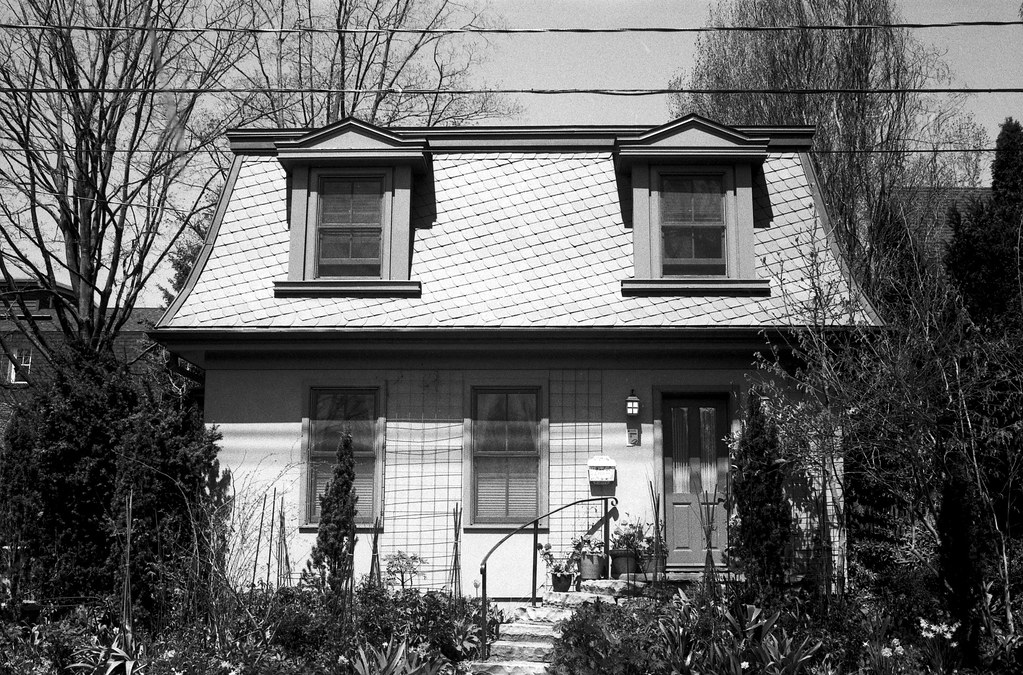
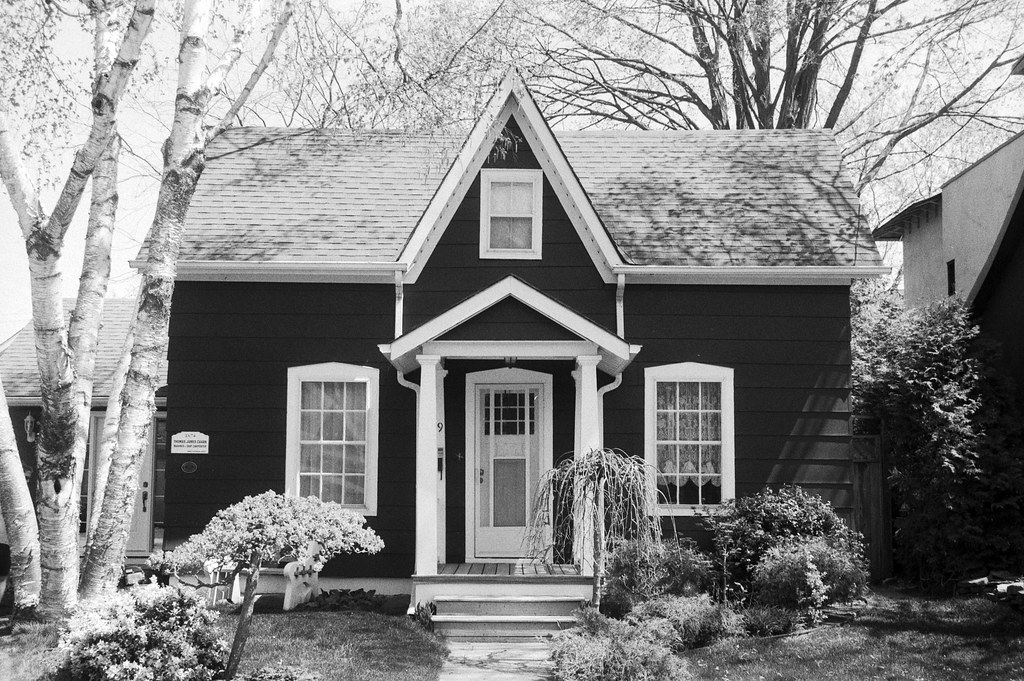


Impressions
The first thought I had when I saw the Maxxum 70 was how much like a digital camera it looks. But then again, the Maxxum 9 and Maxxum 7, more so the 7, have definite features that lend themselves to the digital age. And having the 70 looks like a digital camera is no surprise given how late in the game it saw production. Then I realised how small the camera is, for an SLR, even a consumer SLR; this thing is tiny! Controls are laid out and relatively simple, with three control knobs and a handful of buttons plus the shutter. All the control functions for the camera settings are centred around a single knob, such as setting the date, customer settings, metering mode, and ISO (when manually setting the film speed). Access is done with a function button at the knob centre. The mode dial acts as the on/off switch and includes the PSAM switches and a ‘green P’ mode for simplified shooting and custom modes. The back has the autofocus/manual focus mode and focus and exposure locks. Overall, the camera appears easy to hang and presents plenty of options that would appeal to the daily snapper and even the professional looking for a lightweight backup for their professional camera. And all the options needed for shooting are readily accessible and easy to reach without moving your eye away from the viewfinder. The finder is fairly bright, not as bright as the Maxxum 9 or Nikon FE2. But you get decent coverage (probably 80-90%), and the information is clear and easy to read. Focus points are well laid out, along with the points that influence metering. But I find many features lacking; the first is an eye-start option. While not needed, it is an excellent option. The second is a complete covering for the onboard flash. The actual lens remains visible when the flash head is closed, and it also pops open easily.


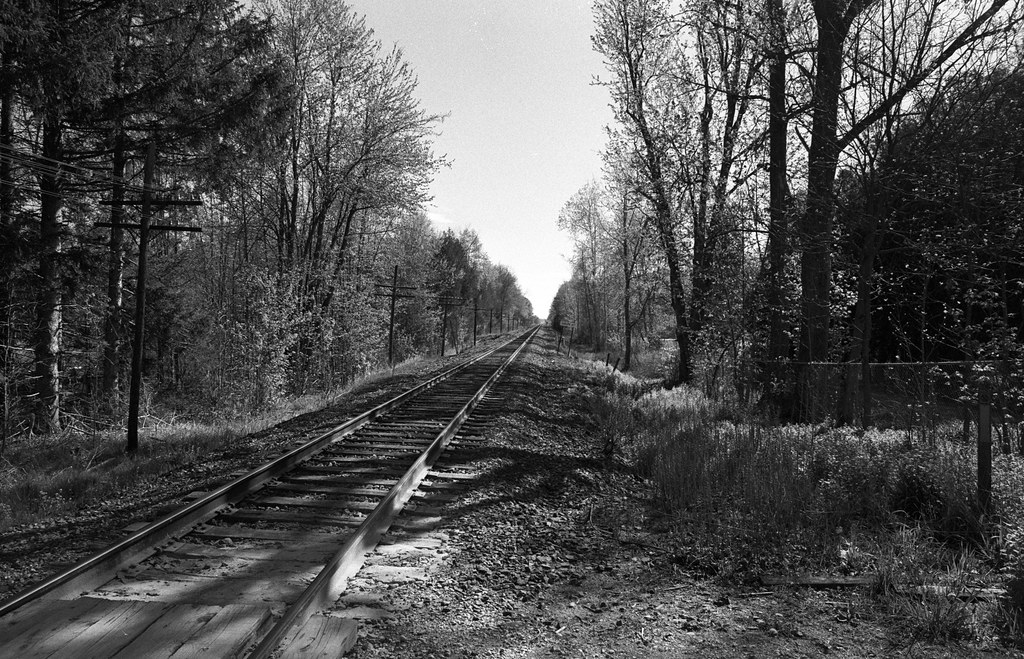

Experiences
The Maxxum 70 is a surprisingly fun camera; despite having used professional cameras for many years now, my first experience with autofocus SLRs was during this camera era. In the late 1990s and early 2000s, cheap consumer-level cameras. But don’t let that stop you; the Maxxum 70 has plenty of tricks up its sleeve. And I can remember eyeing a Minolta Maxxum 5 at a local bargain shop, but given the store’s reputation and rumour, the camera was more than likely hot. Loading the camera is as easy as dropping in the film and pulling the leader across, and you’re ready to go. The Maxxum 70 is equipped with the standard set of full AE, aperture and shutter priority, and manual mode. These are the modes that I’ll run with all the time, switching between program and aperture priority. A “Green P” mode allows a photographer to turn over complete control to the camera. The one trouble I see is that even in the standard AE mode, the flash will auto pop up when the camera thinks it is needed, but you can override that, and the camera does remember when you engage the override. But the camera does have a standard Minolta hot shoe. You can use an external flash, although the flash I have is fairly large and could look comical on the Maxxum 70. Operating the camera in aperture or shutter priority is easy with the command dial positioned where you can easily reach it without moving your eye from the viewfinder. There is a bit of shuffling in manual mode to adjust both settings. I did not take the time to try out the different creative modes, but it does make life easy for a new photographer to achieve a look without needing to understand the technical aspects. The manual does include what each mode does and the settings that they use to aid in learning the different settings and looks these creative modes achieve. It took a bit to get used to the function dial to customise the camera. The dial is more of a physical menu than anything else. Turn the dial to the setting you wish to adjust and press the function button; the one nice touch is the ability to leave the tail out when rewinding the film. Once you’re out in the field, the camera gets out of the way; the viewfinder gives you a good idea of your composition. The autofocus is fast, but not as fast as the Maxxum 9; I noticed that with my 24mm f/2.8 with a Yellow-12 filter, the autofocus missed the mark. It did take a couple of attempts and retargeting before it got right. I didn’t notice that problem with the 28-100 and 35-70 lenses. I also didn’t have a filter on those lenses. The camera’s meter is as good as the Maxxum 9, and I didn’t see any problem with my exposure. The rewind is automatic (but you can also set it to manual); the manual rewind button requires something like a toothpick or a long nail to engage.




Optics
The Maxxum 70 is a versatile system because it takes any lens with the Minolta A-Mount. Despite a manufacturing date of 2004, the camera can use any lens in the A-Mount lineup, from the original to the modern SSW lenses. This does give it a bit of an edge over my Maxxum 9, but not much as I don’t have any SSW lenses because of those above 9. Despite the camera’s camera’s camera’s small size, it can handle most of my lenses without throwing things too far out of whack. Having shot the camera with my 24mm f/2.8, the original kit lens 35-70 f/4, it seems to handle both those lenses well. I noticed that with a filter on the 24mm (yellow-12, the autofocus acted funny a couple of times. However, there’s a good chance that if you do buy the camera online, you’ll get the contemporary kit lens with the Maxxum 70. The Maxxum 70-100mm f/3.5-4.5 D is more in line with what you expect from kit lenses of the era; it is light, both feeling and looking cheap. But don’t let that bother you; the lens, while not in line with the results I get from prime lenses, is usable and half-decent for what the camera is and who the camera is marketed towards. The quality of the lens is decent, you get better results between 28-50mm, and you get some edge softness past the 50mm, but it is most noticeable at 100mm, especially at lower apertures. The lens also suffers from build quality issues, I’m lucky that I got a working copy, but with nearly all-plastic design, the gears often will get stripped that control the autofocus. Although you can assemble a good kit with the option to use any Maxxum lens even if you get the camera without a lens and won’t have to break the bank. I suggest getting a 28mm f/2.8, 50mm f/1.7 and maybe the 70-210mm f/4. Although the camera’s small size lacks a battery grip, longer and heavier lenses may not be the best option. I’m, of course, talking about the ‘secret-handshake’ lens, the 28-135mm f/4-4.5.

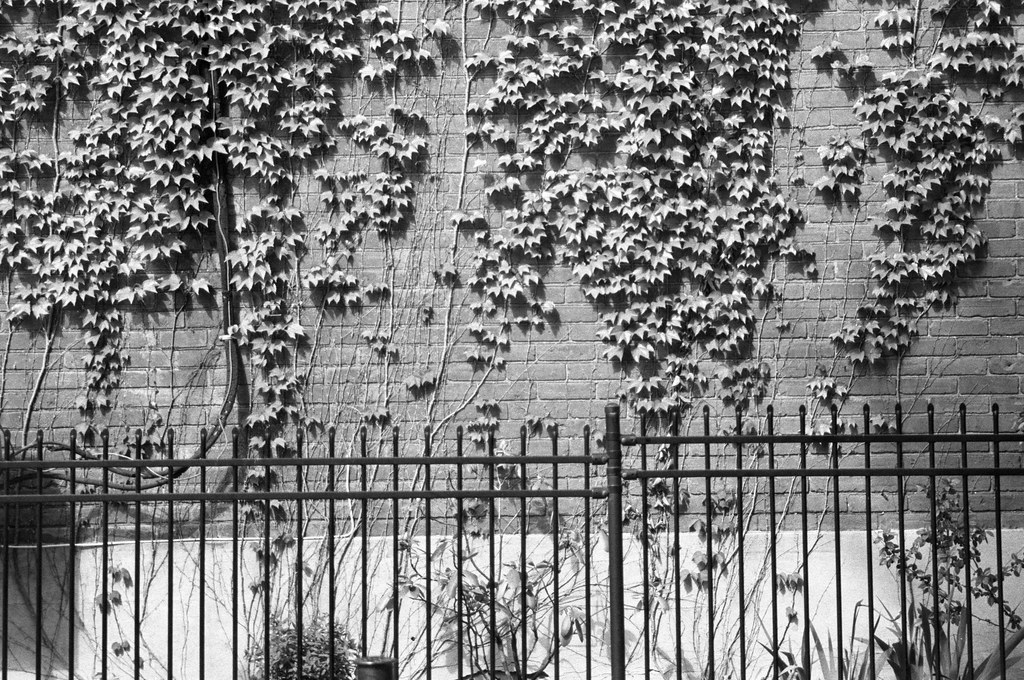
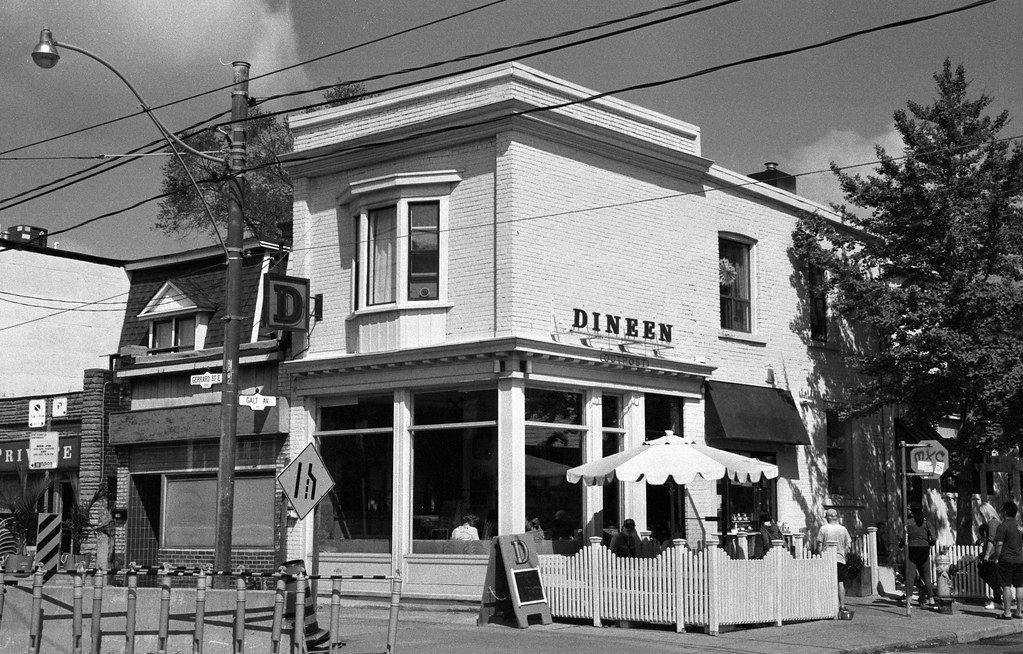

Lowdown
Despite my usual draw towards big professional SLRs, something is calming about switching things to a more consumer-centred camera. The Maxxum 70 provides a compact platform to operate my A-Mount glass and doesn’t take too much space in your camera bag. Plus, being under twenty years old, the camera is fairly new to other cameras in my tool kit. It is well built. It takes a pair of CR2 batteries for power, which aren’t as readily available but do last. And thankfully, you can pick up these batteries at larger stores a little more readily than in the past. But they are pricey, so it’s always a good idea to bring a couple of spares on long trips. Despite its short production run and rarity in online sales, the Maxxum 70 doesn’t carry a hefty price tag, with most going for under 100$, usually ranging between 40-50$. That price will often include a lens, usually the 28-100mm f/3.5-5.6 D or the standard 35-70 f/4. The Maxxum 70 is an excellent camera if you want to jump from Sony digital SLRs and give 35mm a try, thanks to its excellent compatibility with modern SSW lenses without breaking the bank. Personally, the Maxxum 70 will make for a great backup to my Maxxum 9 and will be used next year for the Frugal Film Project!
Further Reading
Don’t just take my word on the Maxxum 70, you can check out the reviews by other awesome camera reviewers!
Camera Go Camera – Minolta Dynax 60 Review
35mmc – Minolta Dynax 5 & Dynax 60 Review – Late Model Budget Gems
Simon Hawketts’ Photo Blog – Minolta Dynax 60: Autofocus 35mm SLR
Imaging Pixel – Minolta Maxxum 70 35mm SLR Camera
The Chens – The User’s Review: Minolta Maxxum 70 (Dynax 60) SLR Film Camera


Is there any reason why this camera does not accept external flash other than Minolta? I bought a flash hot shoe converter (from Sony to Nikon, same pin arrangement contacting the camera’s hot shoe) and it did not trigger the Nikon sb-700 , always it tries to open the flash bay ( you hear the click) and since SB-700 is sitting on it , it does not open then it gives the cancel flash icon on the screen.
Is it the settings , something I am missing there , or it does not accept other than Minolta flashes period?
It has to do with the hot shoe it is not standard.